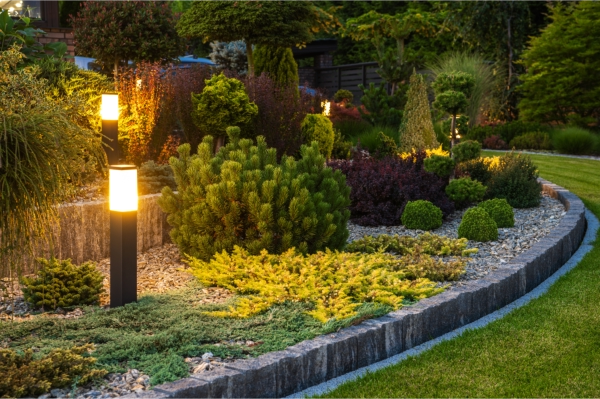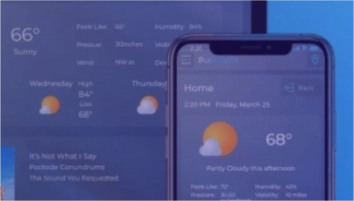The Lighting Designer’s Role in Outdoor Home Integration Projects

Smart Outdoor Living Begins with Innovative & Thoughtful Lighting Design
As outdoor living continues to evolve from patios and pools into fully realized extensions of the home, designers are tasked with creating spaces that feel both natural and elevated—comfortable and captivating, day and night. At the heart of this experience is lighting.
But outdoor lighting is no longer just about installing fixtures. It’s about intentional design, smart control, and architectural cohesion. This is where the lighting designer’s role becomes indispensable—especially in home integration projects involving automation, landscape design, and advanced AV systems.
Keep reading below to learn more!
Shaping the Experience, Not Just the Light
Lighting designers bring more than technical skill to a project—they bring vision. In outdoor environments, they work to:
- Accentuate architectural and landscape features
- Enhance nighttime ambiance
- Improve safety through pathway and perimeter lighting
- Ensure proper color temperature and beam spread for each use case
Where a homeowner sees a backyard, the lighting designer sees layers of opportunity: focal points to highlight, zones to define, and pathways to sculpt with light. Their role is to ensure that every fixture supports the design intent—not just in form, but in feeling.

Seamless Integration with Smart Home Systems
Home integration is more complex than ever. Advanced control systems can now manage lighting along with audio, climate, security, and shading—all from a single interface. A lighting designer’s role is to make sure their plan integrates seamlessly into these ecosystems.
That means :
- Collaborating early with home integrators to understand system capabilities and constraints
- Specifying fixtures that are dimmable and compatible with control setups
- Designing lighting scenes that complement AV and shading schedules
- Ensuring consistency between indoor and outdoor environments
Collaboration Is Key
Designers and integrators speak different languages. Lighting designers serve as a critical liaison, translating artistic intent into technical specifications. They bridge the gap between vision and execution, ensuring that the integrity of the design is maintained through installation and commissioning.
In projects where landscape architects, interior designers, and technology teams are all involved, the lighting designer provides the connective tissue that keeps everything visually and functionally aligned.
Lighting with Longevity
Finally, the best lighting design isn’t just beautiful—it’s built to last. Outdoor lighting must stand up to weather, time, and daily use. Lighting designers help specify durable fixtures from trusted brands, ensure proper voltage planning, and account for maintenance accessibility, all of which impact long-term performance.
A lighting designer is more than a specifier—they’re a strategist, collaborator, and creative guide. On home integration projects, especially those that include outdoor spaces, their expertise is essential to creating environments that are not only functional and intelligent but also effortlessly beautiful. For designers, partnering with a lighting designer ensures the vision extends beyond a home’s walls and into the night.
Ready to learn more? Give our team at The Entertainer a call or fill out our online contact form here. We look forward to hearing from you!


